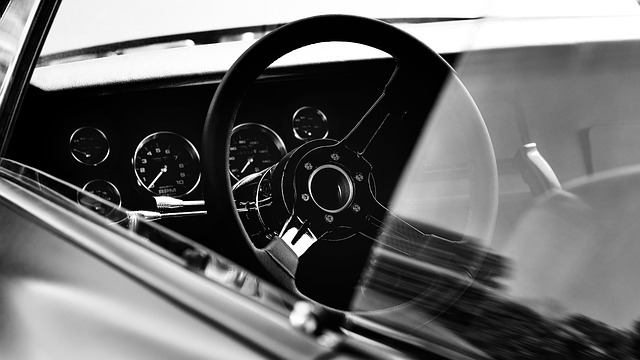Looking to register your car in California? This guide breaks down the process step-by-step, ensuring a smooth transition. From understanding key requirements to gathering essential documents and even using a VIN verifier for vehicle authenticity, you’ll navigate the process with ease. Whether completing online or in-person, we’ve got you covered. Plus, learn about registration fees and how to receive your Certificate of Registration.
- Understand California Vehicle Registration Requirements
- Gather Necessary Documents for Car Registration
- Use VIN Verifier to Ensure Vehicle Authenticity
- Complete Online or In-Person Registration Process
- Pay Registration Fees and Receive Your Certificate of Registration
Understand California Vehicle Registration Requirements

Before registering your vehicle in California, it’s crucial to understand the state’s specific requirements. Unlike some other states, California mandates that vehicles undergo a unique Vehicle Identification Number (VIN) verification process before registration. This involves a thorough inspection of the vehicle’s VIN, which can be done through a mobile vin verifier or at a designated location. The primary goal is to ensure the vehicle’s authenticity and prevent fraud.
During the vin inspection, California authorities will cross-reference the provided details with their databases to verify the vehicle’s history, ownership, and compliance with emissions standards. A valid and accurate VIN is essential, as it serves as a unique identifier for your car. This process not only safeguards consumers but also helps in identifying any potential issues or fraud, making it a critical step in the registration procedure.
Gather Necessary Documents for Car Registration

Before you start the registration process, it’s crucial to gather all the essential documents for car registration in California. One critical tool that will aid in this process is a VIN verifier. This technology enables thorough vin inspection by providing detailed information about the vehicle’s history, ensuring everything checks out before you commit to registration.
You’ll need proof of ownership, typically a bill of sale or a previous registration, and valid identification like a driver’s license. For non-commercial vehicles, a current auto insurance card is also necessary. If you’ve recently purchased your car from a dealership, they may provide the required documentation during the initial mobile vin inspection process, streamlining the overall registration experience in California.
Use VIN Verifier to Ensure Vehicle Authenticity

Before registering your car in California, it’s crucial to ensure its authenticity using a reliable method like a VIN (Vehicle Identification Number) verifier. This step is essential for protecting yourself from potential fraud and ensuring that you’re purchasing or owning a genuine vehicle. A simple online tool or even mobile apps offering VIN verification services can quickly cross-check the VIN against national databases, providing instant validation of the vehicle’s history and current status.
For added convenience, consider utilizing mobile vin inspection or mobile vin verifier services. These options allow for quick, on-site checks, which can be particularly useful when buying a used car from a private seller. By employing these tools, you gain peace of mind and a clearer understanding of the vehicle’s past, making the registration process in California smoother and safer.
Complete Online or In-Person Registration Process

In California, registering your car involves either completing the process online or in person at a designated DMV location. The first step is to gather all necessary documents, including proof of ownership, vehicle identification number (VIN) verification, and valid identification. For added convenience, many services offer mobile VIN inspection and verification, allowing you to complete these steps from the comfort of your home.
If opting for an online registration, you’ll need to visit the California DMV website and follow the step-by-step instructions. Here, you’ll input your vehicle’s information, including its make, model, and year, along with your personal details. Alternatively, visiting a local DMV office lets you interact with a representative who can guide you through the process and ensure all documents are in order. Both methods ultimately lead to the same outcome: a fresh set of registration papers and a road-ready vehicle.
Pay Registration Fees and Receive Your Certificate of Registration

After completing your vehicle’s registration application, it’s time to pay the required fees. These fees cover the cost of registering your car and issuing a Certificate of Registration (also known as the “reg”). You can typically make payments online, by mail, or in person at a DMV office. The exact amount will depend on various factors like the type of vehicle and its age.
Once the payment is processed, you’ll receive your Certificate of Registration, which officially recognizes your car’s ownership and registration status. For added convenience, many services now offer mobile vin inspection and verification using apps that act as a vin verifier, allowing you to complete these steps without visiting a DMV in person.
Registering a car in California involves understanding specific requirements, gathering essential documents, and completing a straightforward process. By using a VIN verifier to ensure vehicle authenticity, you can confidently navigate the registration procedure, whether online or in-person. With all necessary fees paid, you’ll receive your Certificate of Registration, marking a successful conclusion to the process.
